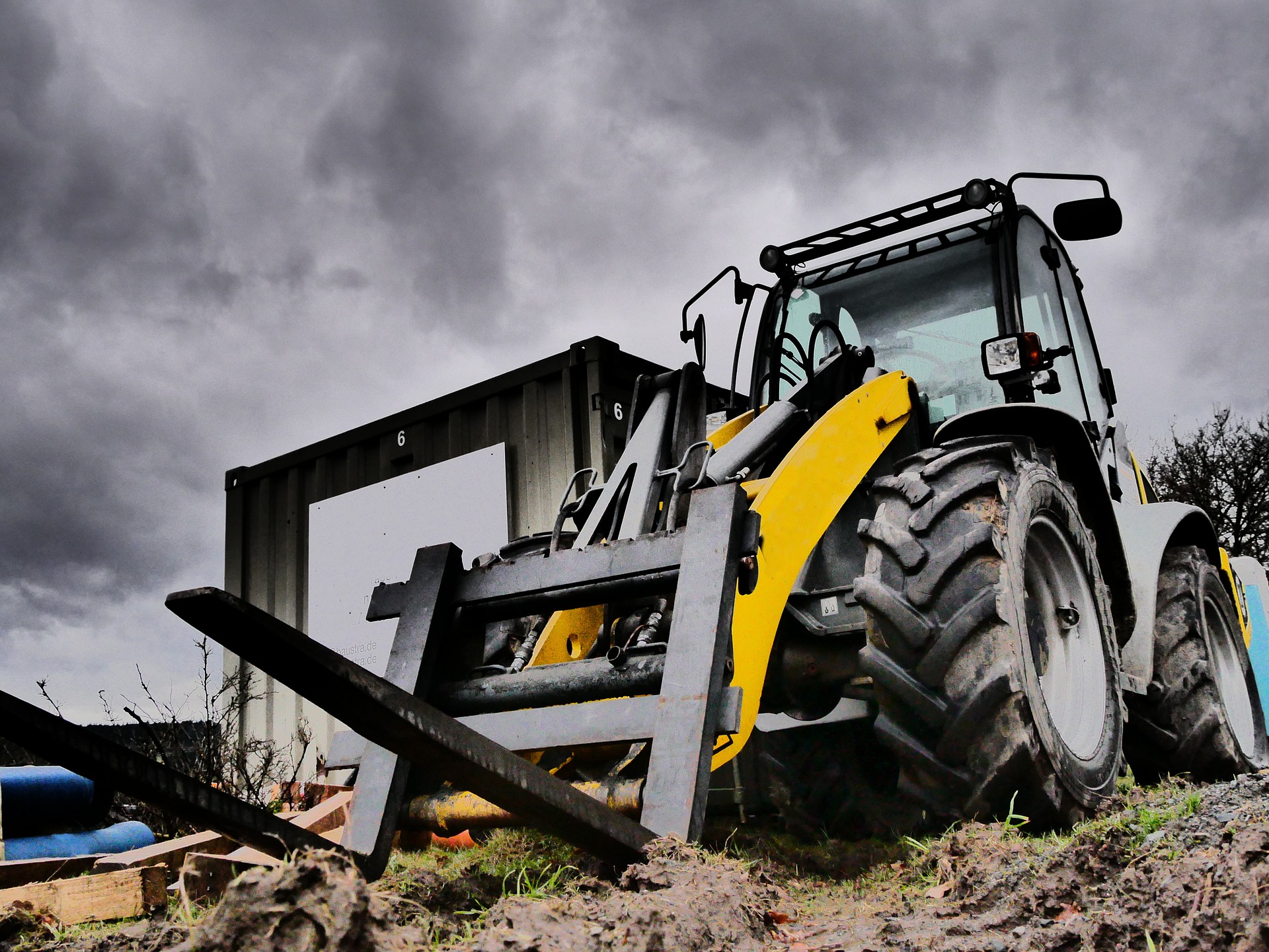Rough Terrain Forklifts Safety
“Hey, I can drive that. A forklift is a forklift, right?”
Ever hear this statement from a coworker?
Can an employee who has attended a forklift class at a previous factory job drive the forklift on the construction site? That depends on what type of forklift the employee was trained to operate. Not all forklifts work the same, and many come equipped with different features. Therefore, forklifts have been placed into several different classes.
Being trained to operate a forklift with an internal combustion engine and pneumatic tires, also known as a Class 5, that is commonly used in General Industry, only allows one to operate that specific class of lift truck. Rough Terrain lift trucks, which are Class 7 forklifts, require separate operator training.
How Rough Terrain Forklifts Are Different
Rough Terrain lifts are designed to work in areas where there are no solid surfaces available, such as concrete or pavement. These machines are designed to work where the going gets rough, as their name implies. Although they have been built to work in less favorable areas, great caution still is required when traveling and raising loads in such conditions to prevent tip-over, a leading cause in lift truck fatalities. As with any lift, raising a load must be performed where the machine can remain stable. Knowing how to lift the load and knowing the stability of the ground conditions is critical for safe operations.
Rough Terrain Forklifts Safety Guidelines
What is the speed limit for these lifts? Actually, there is no speed limit set by OSHA regulations. OSHA does, however, specify that lifts should be operated at a safe speed at all times. Many factors go into determining a “Safe Speed.” Surface conditions, load stability, personnel in the area, and other machinery operating nearby are just a few of those issues that must be considered by the operator to determine a “Safe Speed.” Just because it can go fast, doesn’t mean it should!
When driving rough terrain forklifts, safety should always come first. Operators must know that seatbelts are required each and every time they move the lift. Too often drivers of these machines get tired of fastening the seatbelt when operations require them to get on and off the lift regularly, and stop using the seatbelt. How far does one have to travel before it becomes hazardous not to wear a seatbelt? Who knows! Construction sites are very fluid locations, where conditions change constantly. What was a smooth path ten minutes ago may now be the location of a trenching operation. Odds are no one is going to tell the operator “Hey, site conditions are about to change, better get that seatbelt on!” In addition to seatbelts, lift operators should also be wearing hard hats, safety glasses, and hearing protection.
Rough Terrain lifts are usually powered by internal combustion engines that require refueling. Operators must be aware of the hazards associated with the fuel, whether it is gasoline, diesel, or propane. Regardless of fuel type, though, a fire extinguisher must always be readily available when refueling the lift.
So, can operating a lift without the required training be costly? Absolutely, because there is no price on a life.








